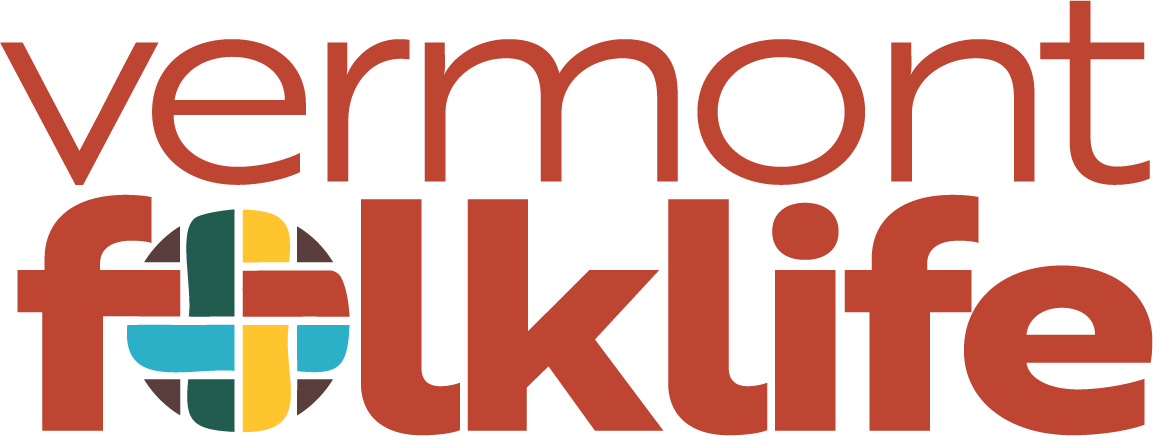Recording Interviews & Sounds In Person
When you conduct interviews for ethnographic or oral history research, creating a recording of the interview is a central part of the effort. When we interview people at Vermont Folklife, we use professional digital audio recorders. If you have a dedicated digital audio recorder, by all means use it! If you don’t, don’t sweat it—as they say: “the best recorder is the one you have,” and many of us are carrying pretty good audio recorders around in our pocket everyday. Follow a few simple tips below to use your phone to record in-person interviews and sounds. If you plan to use your own digital audio recorder, please record in the WAV format if possible.
Illustration by Eliza West
TIPS FOR YOUR SMARTPHONE
➣ Figure out which app you’ll use for recording:
iPhones have a built in “Voice Memo” app, which works well, but you can also use other apps like Voice Record Pro or others.
Android phones don’t have a built in recorder, but you can download a free app called “Easy Voice Recorder” which will do the job. If there’s another app you prefer, use that.
For further information check out this article
➣ Find out where the mics are on your phone:
On most phones they are located near the bottom of the phone, close to where you speak if you’re talking on the phone
When recording, make sure there’s no phone case, fingers etc. blocking the mic. You may want to take your phone out of its case when recording
Make sure to aim the mic at the sound source; generally, the closer to the sound source you get, the better your sound will be, but don’t get TOO close. Within about 6” is good for an interview.
➣ Make some test recordings first:
Having headphones on hand will help you accurately listen back to recordings for a quality check
The one downside to recording with a smartphone is that you can’t “monitor” your audio, meaning you can’t hear what you’re recording while you’re recording it
Make a few test recordings and listen back to them before you start your interview so you have an idea how close the the sound source you should be
Illustration by Eliza West
➣ Tips for recording interviews:
Always ‘slate’ your recording! The term 'slate' comes from the days of silent film when the director would write the scene, take and shot numbers with chalk on a slate and hold it up in front of the camera before the action starts so that the film editor could identify the material in post-production. Think of it as writing your name on the top of your paper in school — even in the digital era it’s a good pre-caution to ensure that the time, place and names of the people in your recording are properly identified. At the beginning of your interview, with the recorder running, identify the date, place and names of everyone present. If it helps, follow this script:
It’s MONTH, DATE, YEAR and we’re in TOWN NAME, Vermont. This is YOUR NAME and I’m here with OTHER PERSON’S NAME to do an interview as part of PROJECT NAME
If you are recording everyday, ambient sounds, you of course need to record wherever that sound is happening. When recording an interview, try to be a little more selective about where you record:
Find a quiet place! This is the true secret to all good audio recordings.
Try to be in a non-echoey room. Low-ceilings, carpets and soft surfaces are good.
Once you’re set up, place the phone on a table or stool between yourself and the person you’re interviewing. The interviewer should aim the mics towards the person they’re interviewing. If you switch roles, adjust the position of the phone.
Read tips for conducting an interview here!


